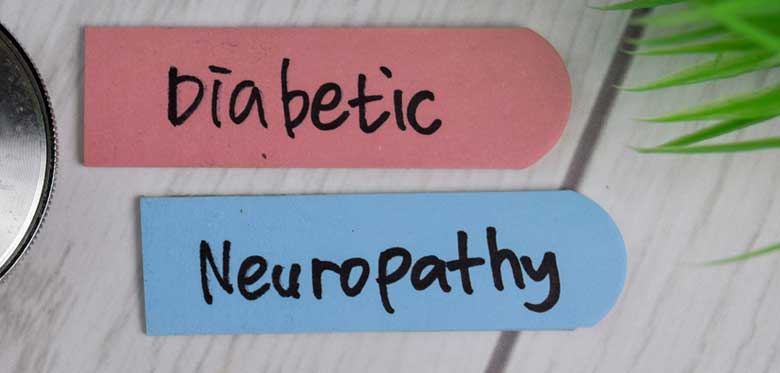Charcot’s foot is a serious, but not very well known, potential complication of having diabetes. It is a weakening of the bones in the foot, which can occur when a person has nerve damage (neuropathy) in their feet. Diabetic neuropathy occurs due to high blood sugar injuring the nerves in the body and it most commonly affects the nerves in the legs and feet.
When a person has neuropathy, they have decreased sensation in their feet and their sense of balance may be affected. This means that people struggle to feel any injuries (such as footwear rubbing, stubbing toes etc.) to their feet and so the damage may continue and they may continue to walk on it for some time.
These injuries, continuing to walk on the foot and any subsequent infections can lead to the bones in the foot weakening, which can lead to fractures developing and the foot becoming misshapen. If Charcot’s foot is not diagnosed and treated early, then it can lead to the foot becoming deformed, significant mobility issues and, in some cases, even amputation.
It is therefore very important that people with diabetes have their feet checked regularly, wear appropriate footwear and any injuries to their feet are treated quickly and appropriately.
The symptoms of Charcot’s foot may include:
- Swelling or redness of the foot or ankle
- Skin feeling warmer at the point of injury
- A deep aching feeling
- Deformation of the foot
Treatment mainly includes reducing any pressure on the affected foot and having a plaster cast put on to allow the foot to heal in the correct position.
Medical negligence claims arising from Charcot’s foot can include:
- A failure to arrange appropriate podiatry care
- A failure to recognise signs or symptoms of Charcot’s foot
- A delay in treating foot ulcers and infections
- A delay in diagnosing and/or treating Charcot’s foot symptoms
- Inappropriate treatment for foot ulcers, infection and Charcot’s foot symptoms




Comments